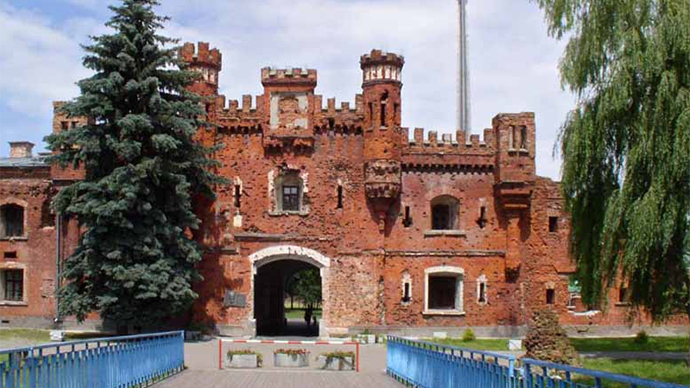‘Dying, but won’t surrender’: Brest Fortress resists the Blitzkrieg

The doomed defenders of Brest Fortress, caught unprepared, outmanned and outgunned, held their bastion for over a week. The showcase of courage and sacrifice became the first serious engagement on the Eastern Front setting a blueprint for the entire war.
As the Germans rapidly crossed into Belarus on June 22, 1941, the border garrison was caught unaware under heavy artillery shelling. In a matter of hours, just under 10,000 Soviet troops were encircled by the Germans guns, and outnumbered, with no communication lines and no order to withdraw coming from the center.
“As soon as we heard about the invasion, we started digging holes, to hide from the artillery fire,” Nikolay Zakharchuk, who was a young man in Brest when the fighting started, told RT.
“The planes at the local airfield were destroyed before anyone had got into them. We were pinned back, and could hardly lift our heads above the ground.”
With their effect of psychological superiority achieved, the Germans expected the capture to be a formality.
Instead, they faced a week of determined fighting from the Soviet warriors, as they nestled within the towers of the fortress, forcing the invaders to bring in ever heavier artillery.
READ MORE: RT launches #victory70 online project
featuring dynamic Eastern Front battle map
As many as 2,000 of the defenders, and over 600 German attackers died. After a week, with supplies and ammunition running low, the fighting was over. More than 6,000 Soviet soldiers were captured.
Still, some did not surrender. Groups of soldiers hid in the basements, picking off German soldiers one by one, while sure that they would soon be rooted out. The prolonged resistance, which lasted into August that year gave the war one of its most iconic phrases. An inscription was found on the wall: “I am dying now, but I won’t surrender. Farewell, Motherland.”
Soon, Hitler and Mussolini himself visited the fortress, taking photographs and admiring their new domain. But there were even harder battles to fight.












